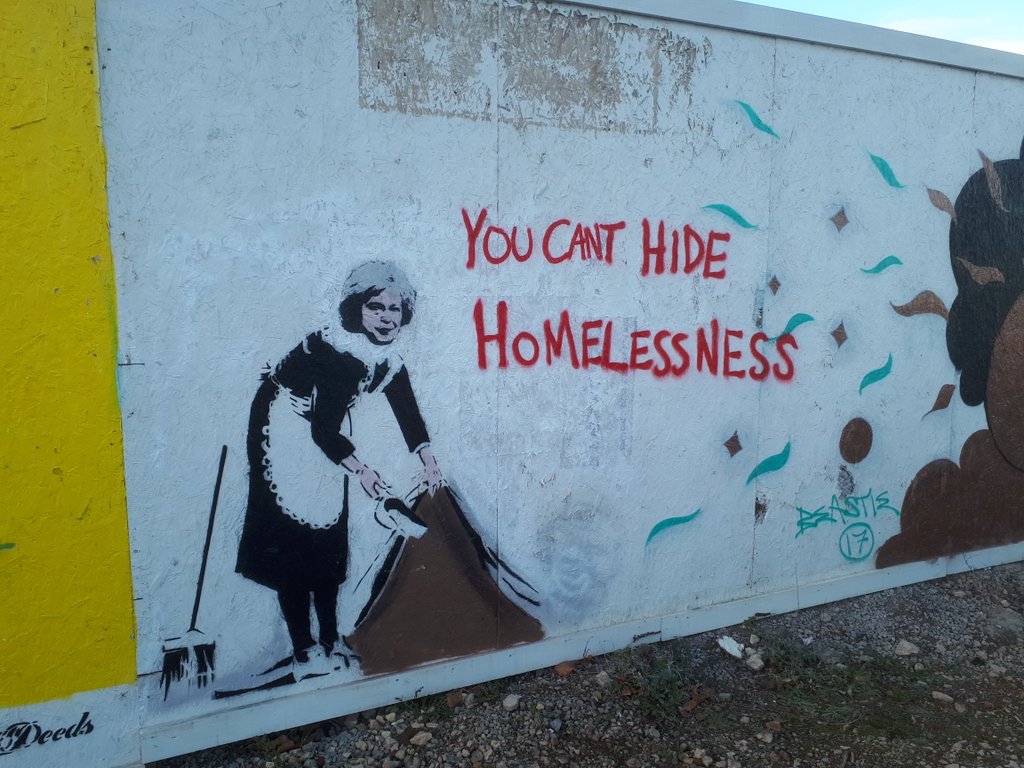 |
| https://www.expressnewark.org/exhibits/feast-famine/ |
According to https://www.dictionary.com/browse/feast--or--famine Houghton Mifflin Harcourt Publishing Company 1995, feast or famine is “characterized by alternating, extremely high and low degrees of prosperity, success, volume of business.” The way I use this phase is when there is an overabundance of some kind or an extreme shortage of the same thing. I believe this was the name selected for Rutgers University main galley because the gallery is based around food. As stated on https://www.newark.rutgers.edu/events/feast-famine “Feast & Famine explores food as a social, political, and bodily phenomenon. The exhibition considers food as a commodity; the relationship between food, death, sex, and the abject; food’s relationship to global economics and geo-politics; food and its likeness as a medium for artistic experimentation; the food chain and the environmental impacts of food production; and food justice.” It is very clear that one of the reasons why they have chosen the name of feast or famine for their gallery is because of the food injustice that is going on in our society.
The two are pieces from the gallery Feast & Famine that I have chosen to relate my final project to are Ella Halpine’s “Running on fumes” 2018 inkjet print and “Buy What You Can Afford” 2018 inkjet print from her private collection.
 |
| “Running on fumes” 2018 inkjet print |
Most of us would agree that one of the highlights after a long day is finally being able to jump into our cozy beds not having to worry about anything until the next morning. Simple things like being able to sleep in a bed, shower in private, eat in private, have a air conditioning on a blazing hot day or heat in a blizzard are just a short list of things that we take for granted every day. There are millions of people around the globe that don’t have the opportunity to take advantage of just one of the simple things listed above like a hot plate of food everyday. The real question is do we care? As a society we have turned away from these people who live in our very own community and have chosen to ignore their needs and pretend as if they don’t exist.
 |
| “Buy What You Can Afford” 2018 inkjet print |
There are numerous artists who address the issue of homelessness. One of my favorite artists to address homelessness through art is an Australian artist named Meek. Who painted a picture on a street war of homeless man holding up a sign reading “Keep your change, I want change”. He stenciled this powerful image on a wall and while technically illegal, it has an important message. Giving a homeless person some spare change can help them in short term by providing some food or even cause harm if the person buys drugs with the money. The artist’s point is that fundamental political and social change is necessary to solve this problem. Another artist that address homelessness is John D’oh Who painted on a city wall a maid sweeping under a rug with a large caption on top that reads “You Can’t Hide Homelessness”. This art piece is expressing no matter how much society and the community try to act like homelessness isn’t a thing and try to make a city look better through gentrification the problem of homelessness will always exist. In conclusion, my project will show that it is in fact possible to get to know someone who is homeless and prove that they are people like you and me who maybe only made a mistake that led them to have to live the way that they do.


No comments:
Post a Comment